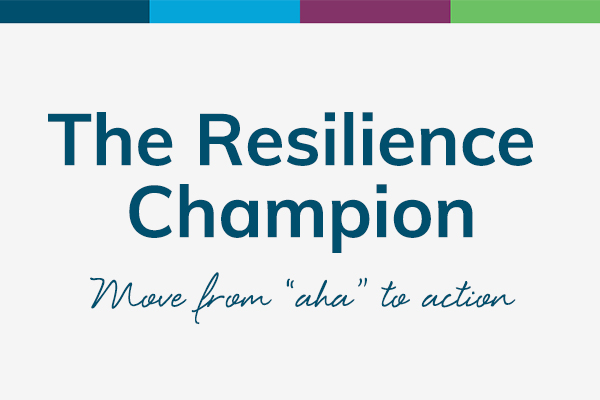
Defining Your Goals
In this section, you’ll build off the findings of your assessment to define concrete goals for integrating a trauma-informed approach into your setting, using a strengths-based method to identify resources that can support you in your process.
Key Takeaways:
- This section focused on using the information from the assessment to help define concrete goals for your setting.
- Your goals describe specific objectives that you would like to accomplish and help translate your overall vision into concrete next steps to help achieve that vision.
- Your goals are different from the activities to meet those goals. (We will talk more about activities next week!)
- Some of the goals that you create will be short-term and some will require more time to execute.
- Considerations as you define your goals:
- First, be specific. Think about the findings from your assessment—what is your specific area for improvement?
- Second, how are you going to know if you are making progress against your goals? Measurement can be tricky when you are talking about integrating a resilience-building approach–how will you know if you are succeeding?
- Third, remember that this is a team approach. Think about your allies for this work (both within and outside of your setting) and who can help. You cannot do this alone. A strong team is essential to prioritize and problem-solve.
- Fourth, make sure your goals are realistic. Think about your setting, your sphere of influence within that setting, and create goals that you think you can achieve. Early success with smaller goals will more likely lead to buy-in from others than grand plans that sound great but don’t go anywhere. Remember the mantra…keep it simple!







 Getting Started: A Guide from Trauma to Resilience
Getting Started: A Guide from Trauma to Resilience
Leave a Reply
Want to join the discussion?Feel free to contribute!